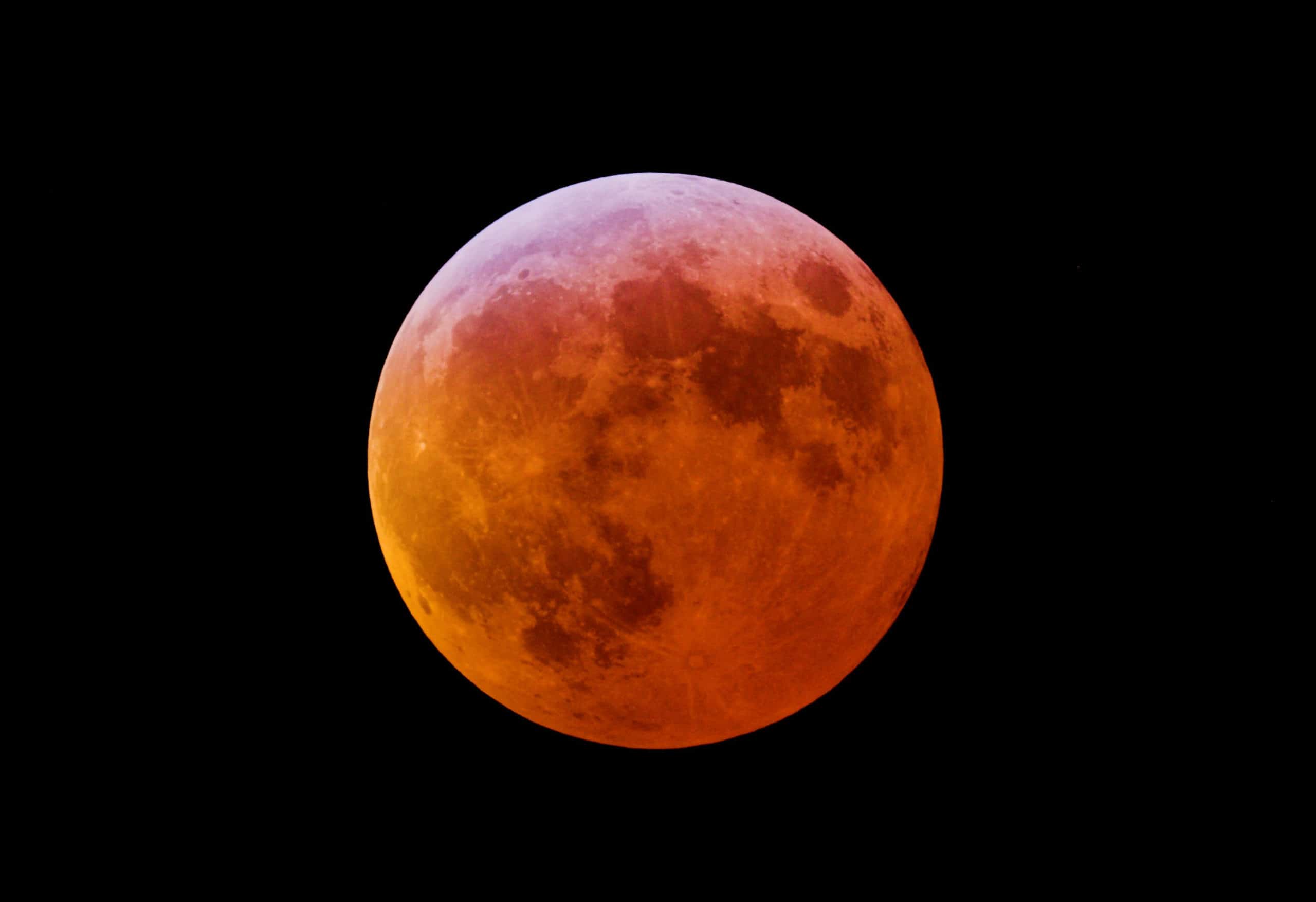Astronomy enthusiasts will likely stay up late this Sunday as half the world will be treated to a “Super Flower Blood Moon,” a rare and colorful phase of a total lunar eclipse.
Forbes reports the celestial phenomenon will be visible to most of the western hemisphere, including the entire contiguous United States, and parts of Africa and Europe, albeit briefly.
A total lunar eclipse occurs when the Earth, Sun, and Moon come into orbital alignment, with the Earth positioned between the Sun and the Moon. The Moon’s orbit then temporarily places it within the shadow cast by Earth.
While partial lunar eclipses disappear swaths of the Moon and are impressive celestial spectacles in their own right, this weekend’s total lunar eclipse will contain an 84-minute “Super Flower Blood Moon.”
A “Super Moon” occurs when a full moon is closest to Earth during its elliptical orbit, making it appear uncharacteristically bigger and brighter.
However, this weekend’s Super Moon will occur during a total lunar eclipse, which will cause the Moon to turn dark red and orange, thus the term “Blood Moon.”
A NASA publication explains, “The Moon turns red because the only sunlight reaching the Moon passes through Earth’s atmosphere. The more dust or clouds in Earth’s atmosphere during the eclipse, the redder the Moon will appear. It’s as if all the world’s sunrises and sunsets are projected onto the Moon.”
While this weekend’s total lunar eclipse will last approximately five and a half hours, beginning Sunday, May 15 at 9:32 p.m. EDT and ending at 12:53 a.m. EDT on Monday, May 16, the “Super Blood Flower Moon” is predicted to only last 84 minutes.
The “Super Blood Flower Moon” will be visible across the contiguous United States from 11:29 p.m. EDT until 12:53 a.m.
People who can watch it in person will get the best view using binoculars or a telescope.
The total lunar eclipse will be visible to about half of our planet, but those who cannot view it in person can watch it live on NASA’s live stream.






